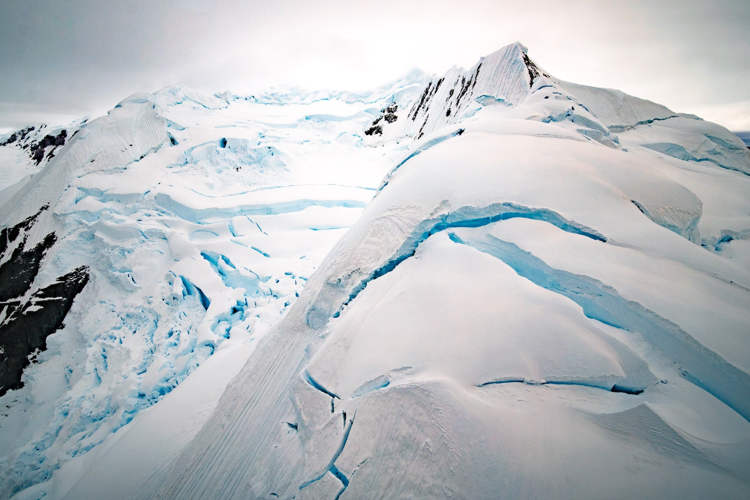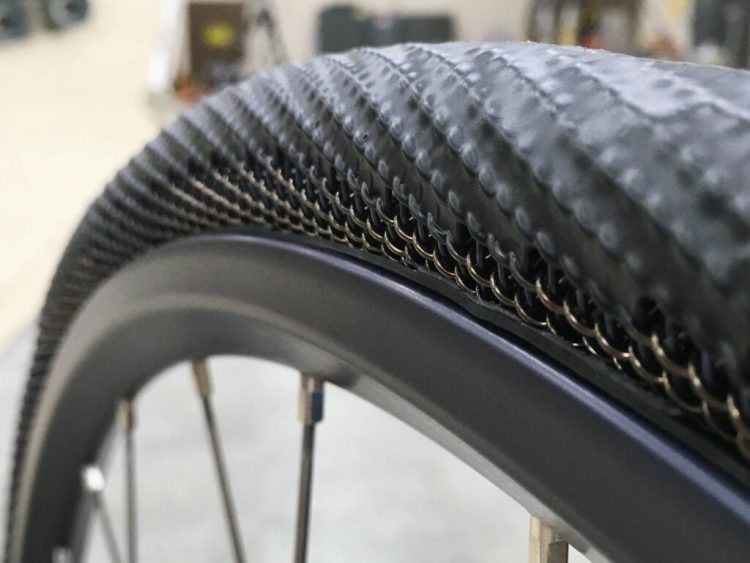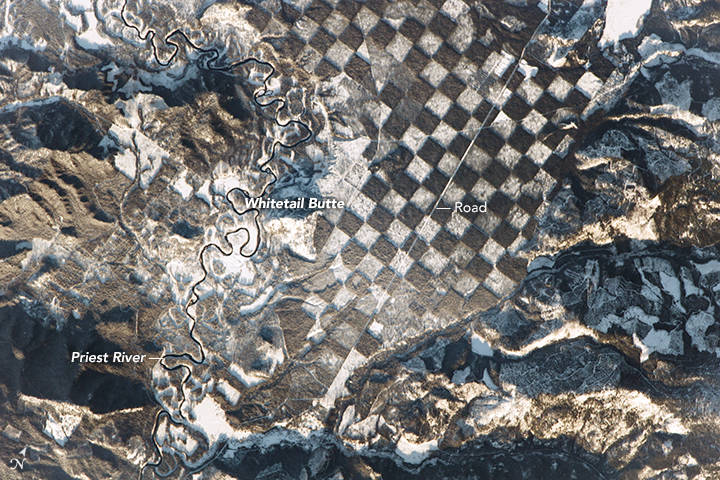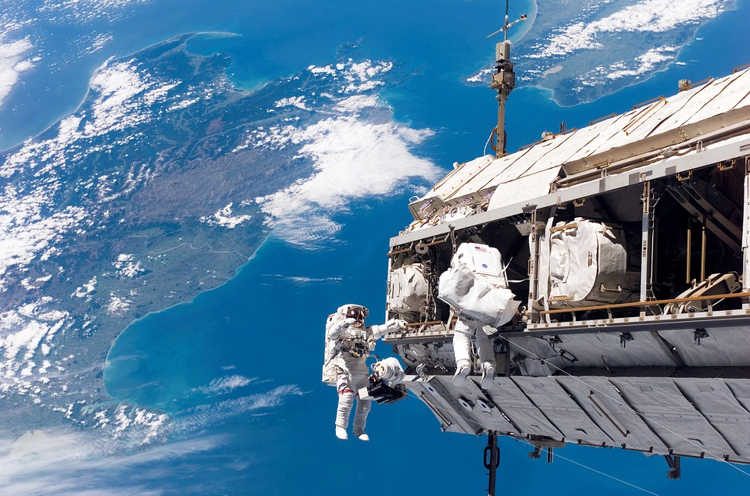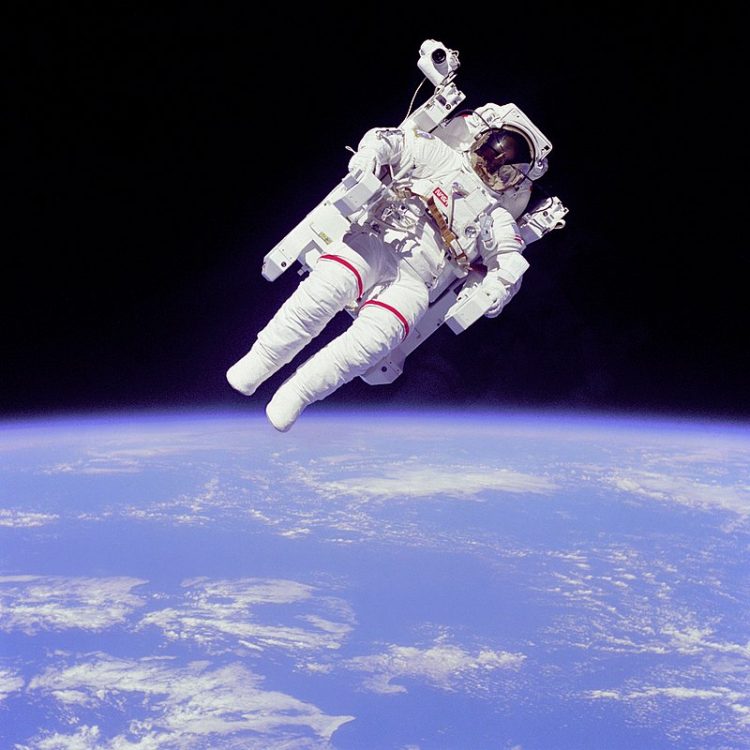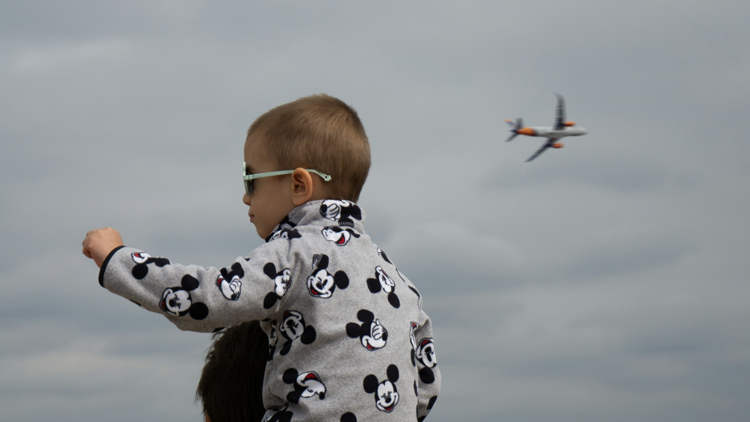According to NASA Earth Observatory satellites, the coldest place on Earth is a mountain ridge on the East Antarctic Plateau where temperatures can drop to -135.8 degrees Fahrenheit (-93.2 degrees Celsius).
For the past week, much of the US has been affected by an extreme winter storm that brought massive snowfalls, destructive winds, and freezing temperatures as low as -20 degrees Fahrenheit (-28 degrees Celsius). That’s low enough for the average person to suffer frostbite in just under 10 minutes of direct exposure, but it’s nowhere near as dangerous as the coldest place on Earth. NASA satellites recently a high mountain ridge on the East Antarctic Plateau where, on clear winter nights, temperatures drop to an abysmal -135.8 degrees Fahrenheit (-93.2 degrees Celsius).

